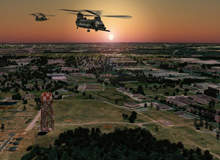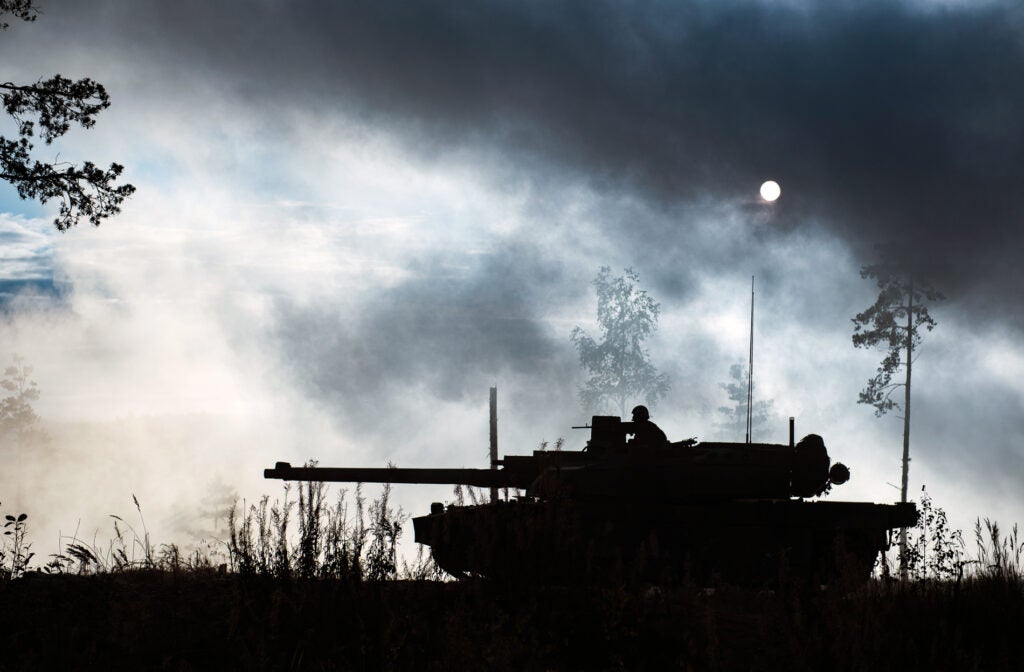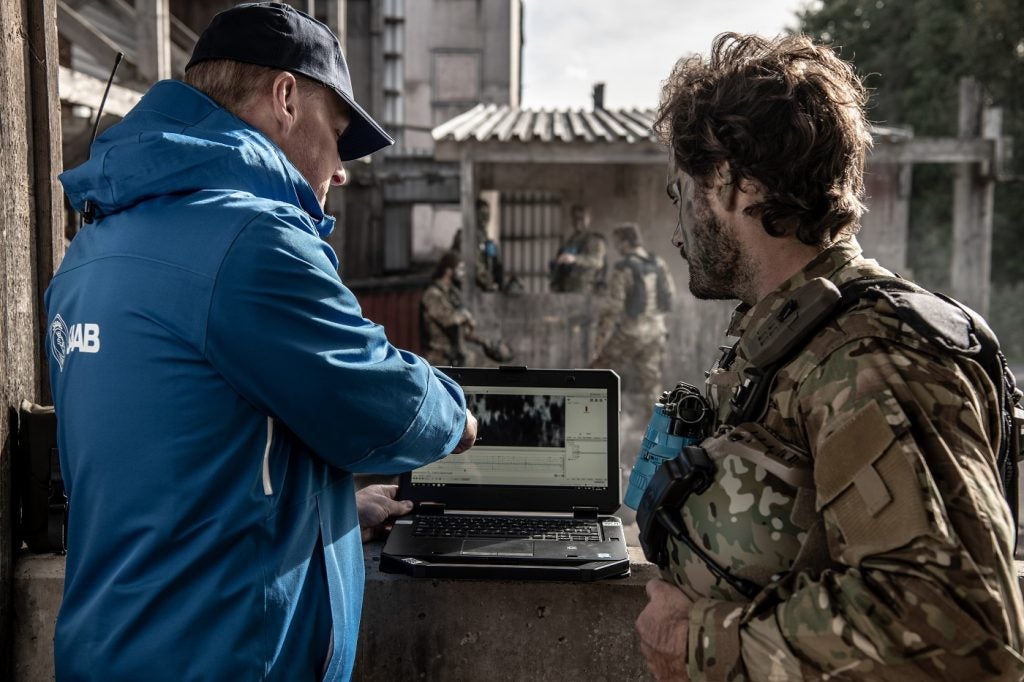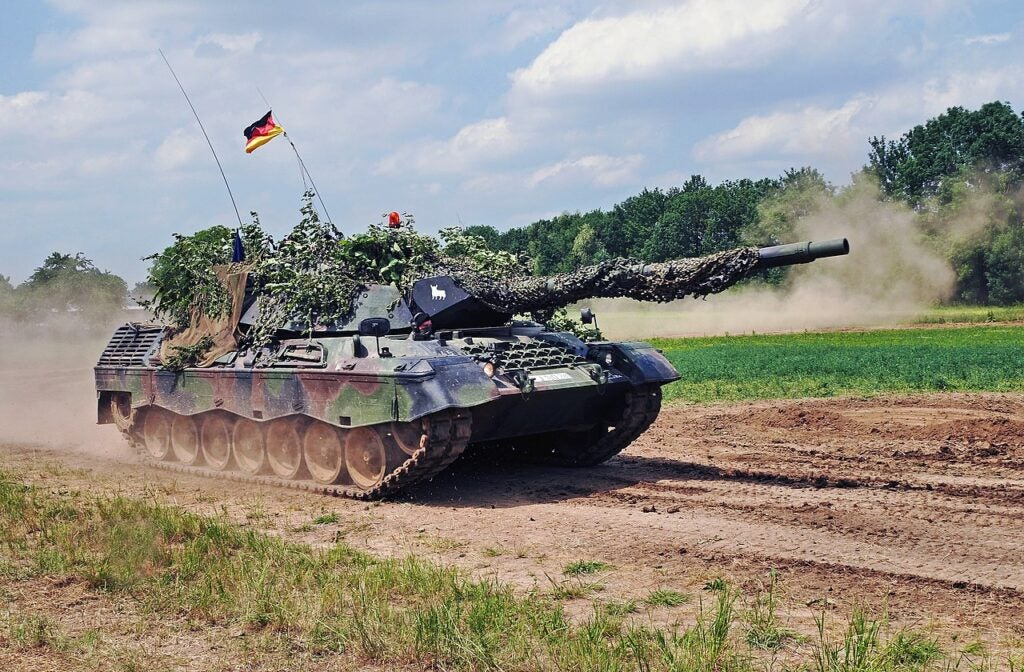
In the next few days London will play host to military experts from around the globe at the world’s largest fully integrated defence and security exhibition, Defence Systems and Equipment International 2009 (DSEi 2009).
Representatives of more than 1,350 companies from 40 countries will gather to display and observe the very latest land, air and sea capabilities at DSEi 2009, and army-technology.com will provide full coverage of the event running from 8 to 11 September.
To get an idea of some of the areas of special interest at this year’s event, army-technology.com has spoken to some of the experts attending. Here, CAE director of marketing communications Chris Stellwag gives some insight into the emerging field of simulation, and just what can be expected at this year’s event.
Army-technology.com: Simulation is a rapidly growing field of technology that will be on show at this year’s event. What advantages can be achieved in today’s defence environment through investing in such technology?
Chris Stellwag: The cost savings from the use of modelling and simulation is considerable. For example, the US Air Force estimates that live training is approximately ten times more costly than simulation-based training. The cost of fuel, detrimental environmental impacts, and significant wear and tear on weapon systems all point to a greater use of simulation and synthetic training.
AT: What global trends in simulation technology do you expect to hear a lot about at this event?
How well do you really know your competitors?
Access the most comprehensive Company Profiles on the market, powered by GlobalData. Save hours of research. Gain competitive edge.

Thank you!
Your download email will arrive shortly
Not ready to buy yet? Download a free sample
We are confident about the unique quality of our Company Profiles. However, we want you to make the most beneficial decision for your business, so we offer a free sample that you can download by submitting the below form
By GlobalDataCS: There is a growing trend and desire for militaries to be able to ‘network’ various simulation systems to conduct joint, multinational training exercises. We expect this trend to continue as militaries require their virtual training systems to help them ‘train like they fight’.
AT: Who stands to benefit the most from simulation technology?
CS: Simulation can be a powerful and effective tool throughout the defence systems life cycle so it is applicable to almost any defence force, but it can be extended too many other disciplines as well.
CAE, for example, established a group called Defence and Professional Services to extend beyond the traditional training focus. Our clients now include research and development, engineering, operational planning, acquisition teams, and fleet managers in the defence, security, energy, mining and emergency management markets.
AT: What do you think will be the next big step for simulation technology? Will it be improved realism or something else entirely?
CS: Realism is consistently improving, which is critical for creating an immersive synthetic environment for those being trained. One of the next big steps, however, will be being able to create the kind of virtual environments and possible scenarios that our warfighters might encounter, very quickly on short notice.
One of our key developments in this area is the common database (CDB), originally developed for US Special Operations Command, which uses standardised synthetic environments that can be updated very quickly to support such requirements.
AT: Has there been much growth in the simulation market over the last few years?
CS: The prospects for simulation in the defence market are very positive and we have certainly seen a great deal of growth. Simulation offers a number of advantages, most notably cost, that simply cannot be ignored in today’s uncertain economic and threat environment.
AT: Are there any big CAE announcements we can expect at this year’s show?
CS: Recently, we announced that the company will invest up to C$714m in Project Falcon, a research and development programme to expand CAE’s current modelling and simulation technologies, develop new ones and increase the scope of our services.
One development, for example, is an augmented visionics system (AVS), which enables a pilot to take off and land safely, even when visibility outside the cockpit is restricted. We will be conducting meetings during DSEi with several militaries interested in this kind of development.
AT: Can you tell us about some of the technology you will be exhibiting at DSEi 2009?
CS: At DSEi, CAE will highlight some of its land capability experience covering areas such as crew gunnery trainers for armoured vehicles, artillery and joint tactical forward air control trainers, recognition trainers, and command and control trainers. We’ll also use DSEi to demonstrate a training solution for naval commanders, including the action speed tactical trainer, which is used to train naval commanders in combat situations encountered at sea.
AT: What new developments in the field of simulation (land, sea or sky) will be on show?
CS: We will be using DSEi to highlight the T-90 tank training system, which uses a high level of fidelity and realism to efficiently and cost-effectively train the driver, gunner and commander in the use of the armoured vehicle.






